
Hotline: 180-0532-7466

低影(yǐng)響開發,其主要是通過對雨水的滲透、儲存、調節、傳輸、截污淨化等功能有效地控制徑流總量、徑流峰值和徑流污染。
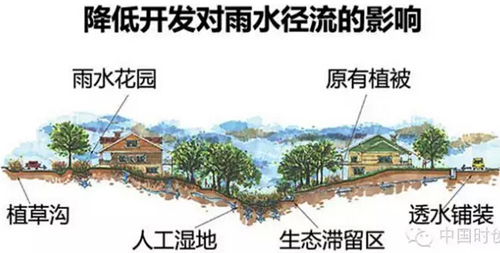
If traditional urban development cuts off the natural circulation route of rainwater, then low-impact development is to use a series of landscape and engineering methods to make the city's drainage can simulate the natural absorption, storage, and evaporation of rainwater, so that the city's drainage system follows rainwater. Circulation law.
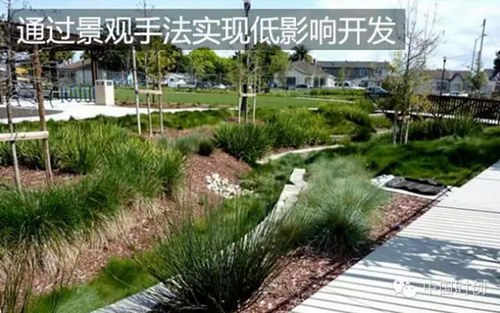
Studies have shown that the technical standards of sponge cities are not uniform, and there are many measures that are not conducive to spread and popularization. Therefore, in this article, we summarize the rainwater treatment in sponge cities into three categories, namely "water harvesting measures" for collecting rainwater. , "Water storage measures" for conserving, storing, and filtering rainwater, and "water measures" for how to effectively use rainwater.
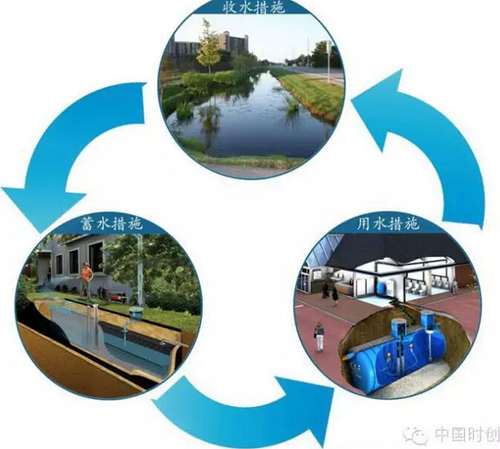
Among the three types of rainwater treatment measures, the initial stage of water collection measures are most closely related to landscape design. Next, we will first focus on the seven most common rainwater treatment methods classified as water harvesting measures.
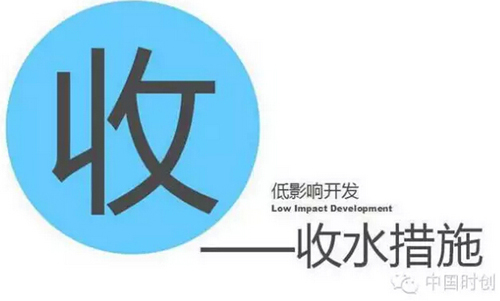
雨水花園
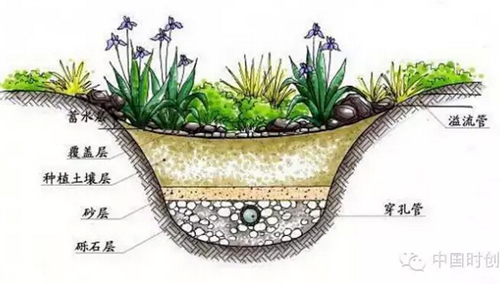
The rain garden is a shallow recessed green space formed naturally or manually. It is used to gather and absorb rainwater from the roof or the ground. The rainwater is purified through the comprehensive action of plants and sand, and it gradually penetrates into the soil to conserve groundwater.

As the most common design method for low-impact development, rain gardens have now been extended in various forms. The narrow rain garden is only a shallow recessed green space with a limited scale and simple structure, which is suitable for the greening of residential areas or private houses.

In a broad sense, rainwater gardens can include sunken greening facilities that can regulate and purify rainwater runoff. The Edinburgh Rainwater Garden in Melbourne, as shown in the figure below, uses biological purification methods to process runoff in a stepwise manner while regulating storage, providing a large amount of irrigation water for the park where it is located.
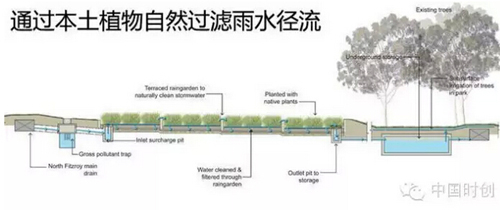
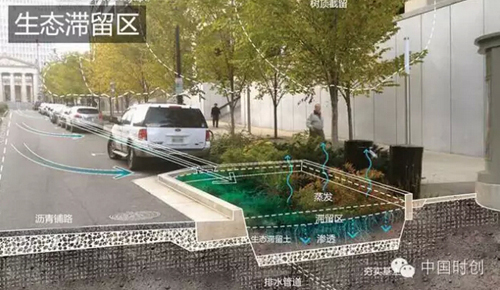
There are also ecological retention areas that have the same functions as rain gardens. However, the difference from the former is that the soil in the ecological retention zone has very strict engineering technical requirements, and also has clear requirements for the soil and engineering drainage structure, and can be divided into ecological retention zones, ecological tree ponds, and ecological retention ponds according to different locations. Wait. Like the streetside ecological retention area in the picture below, road runoff is diverted to the water collection area for storage through the gap on the street.
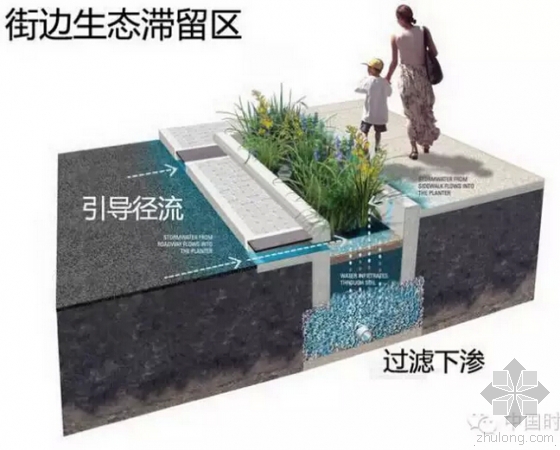
In areas with high requirements for traffic or shade, a single tree pond can be used as an ecological retention unit.
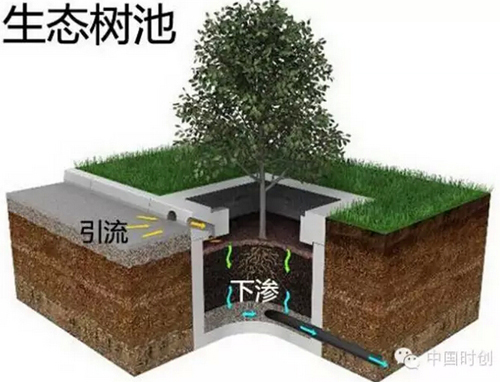
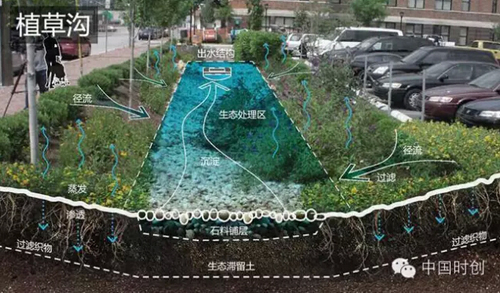

As the most common design method for low-impact development, rain gardens have now been extended
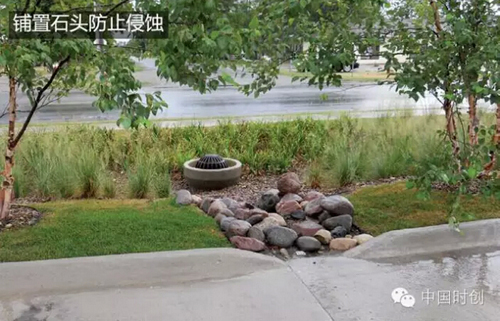
If the vertical slope of the planting ditch is larger than 4°, energy dissipation ridges should be set to slow down the water flow, and different energy dissipation ridges can be designed according to the style. The energy dissipation ridge in the picture below is paved with pebbles in the river.

Although it is a belt-shaped rainwater transfer measure, there is no rigid requirement for the width of the grass ditch. It can also be designed as a green space to become a multifunctional area integrating leisure greening and transfer and infiltration, as shown in the figure below.
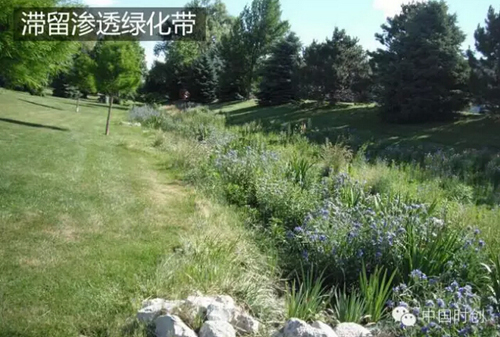

If the above measures are more suitable for areas with small green space, then the infiltration pool is suitable for open spaces with larger green areas. The infiltration pool can effectively reduce the peak runoff and supplement groundwater. At the same time, it can be designed as a lawn green space for residents to relax when the weather is clear.
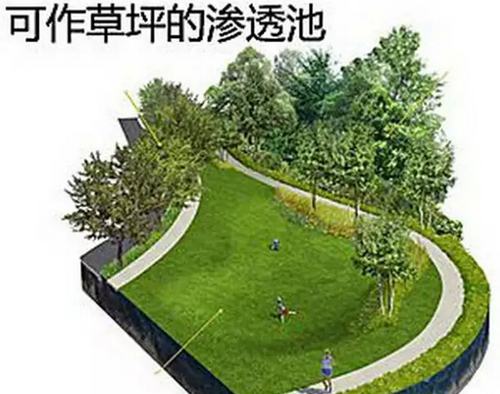
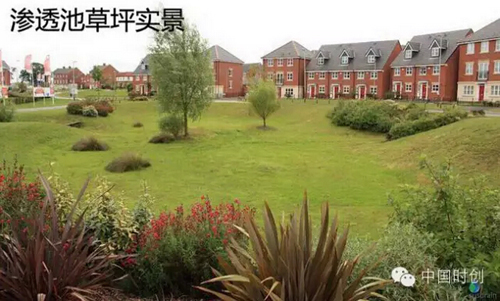
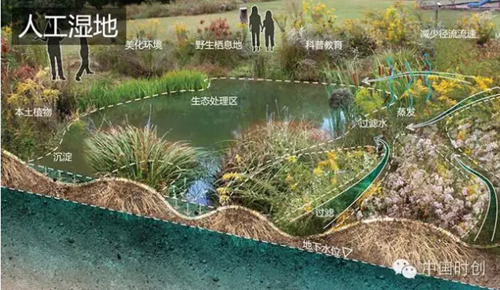
Constructed wetlands that are similar in scale to the infiltration pool but have different functions are measures to regulate and purify rainwater. It can centrally purify the rainwater collected by rainwater gardens, planting ditch and other measures, and form a multifunctional rainwater storage system together with other treatment methods to create a pleasant wetland landscape.
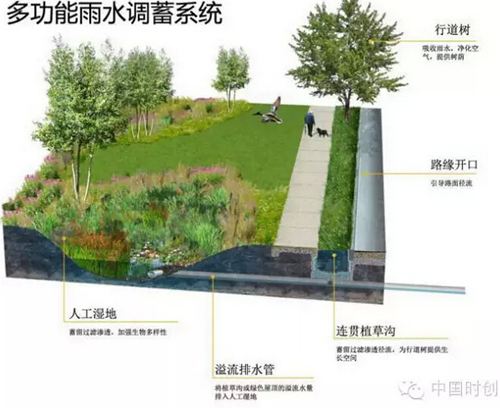
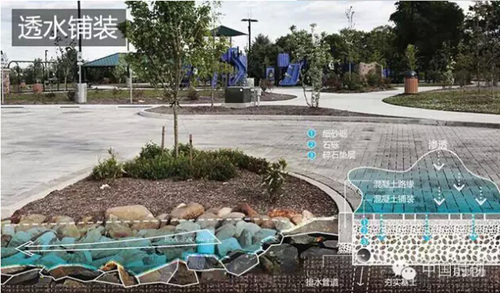
In addition to rainwater management measures in green spaces, permeable paving can be used to achieve rainwater infiltration on hard ground, or rainwater can be diverted to detention facilities near the street through canals and trenches, and the purified rainwater can be digested on-site in the water landscape , To create an interactive hydrophilic landscape.
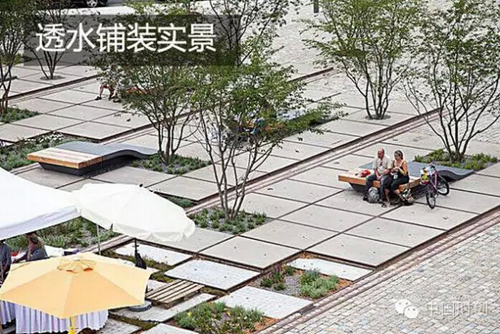

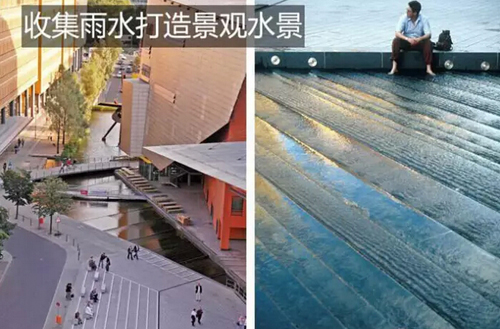
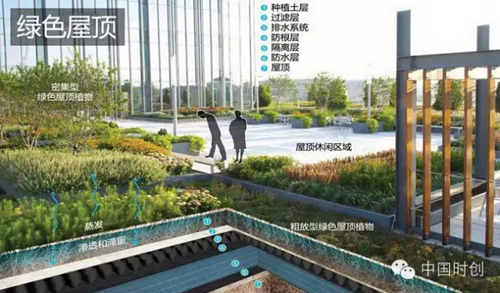
Low-impact development measures are not only on the ground, but for roofs that are not suitable for green roofs, rainwater can also be collected and guided through drainage ditches and rainwater chains for storage or infiltration. The figure below is a schematic diagram of the structure of roof water collection.
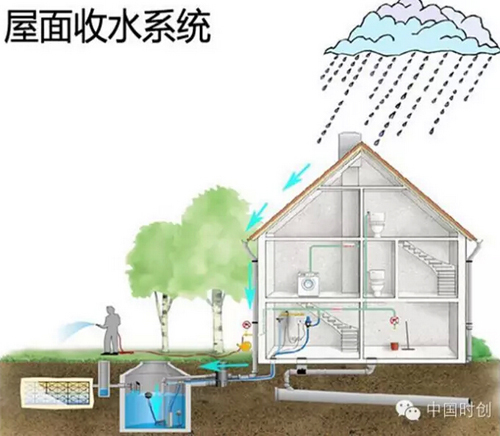
The picture below shows the copper drainage ditch
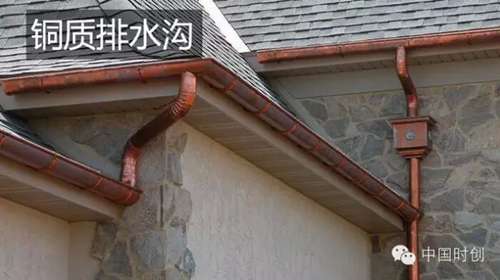
Drainage pipes can also play a creative role in decorating the facade of a building. The picture below shows a German music drain, which not only collects rainwater when it rains, but also "plays" a symphony in the rain.

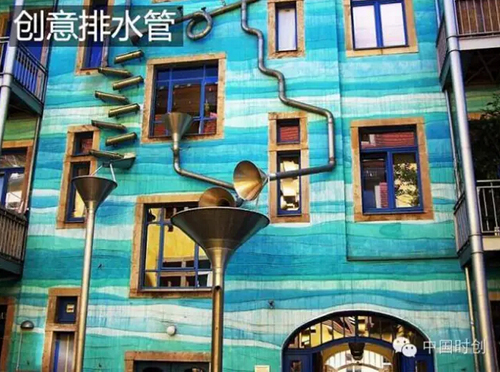
Or in areas with more casual landscape styles, such as private houses, rainwater chains can be used instead of drainage pipes to collect rainwater.
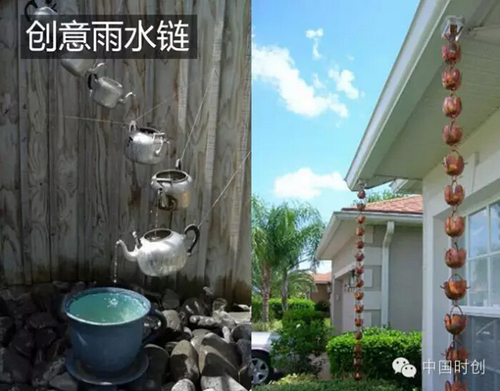
After the rainwater collected by the water harvesting measure infiltrates and supplements the groundwater, the excess water is stored by the water storage measure. Water storage measures are an intermediate step in low-impact development rainwater treatment.
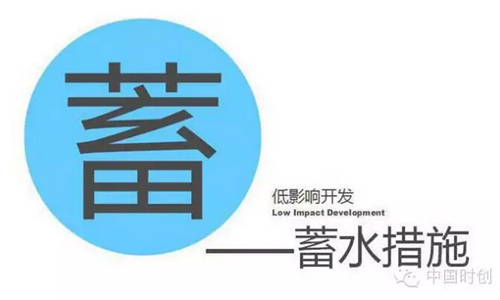
The rain bucket is a small-scale rainwater collection, precipitation, and purification facility, which is set on the ground. It is generally used in areas with low building density such as residential buildings.
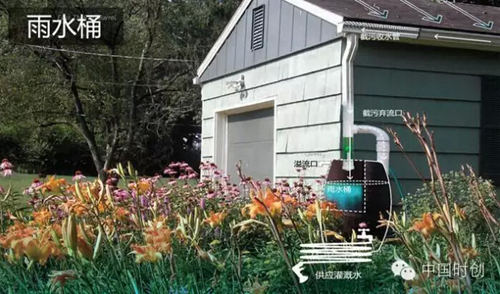
Copyright © 2020 Qingdao Weipike Rainwater Technology Co., Ltd.